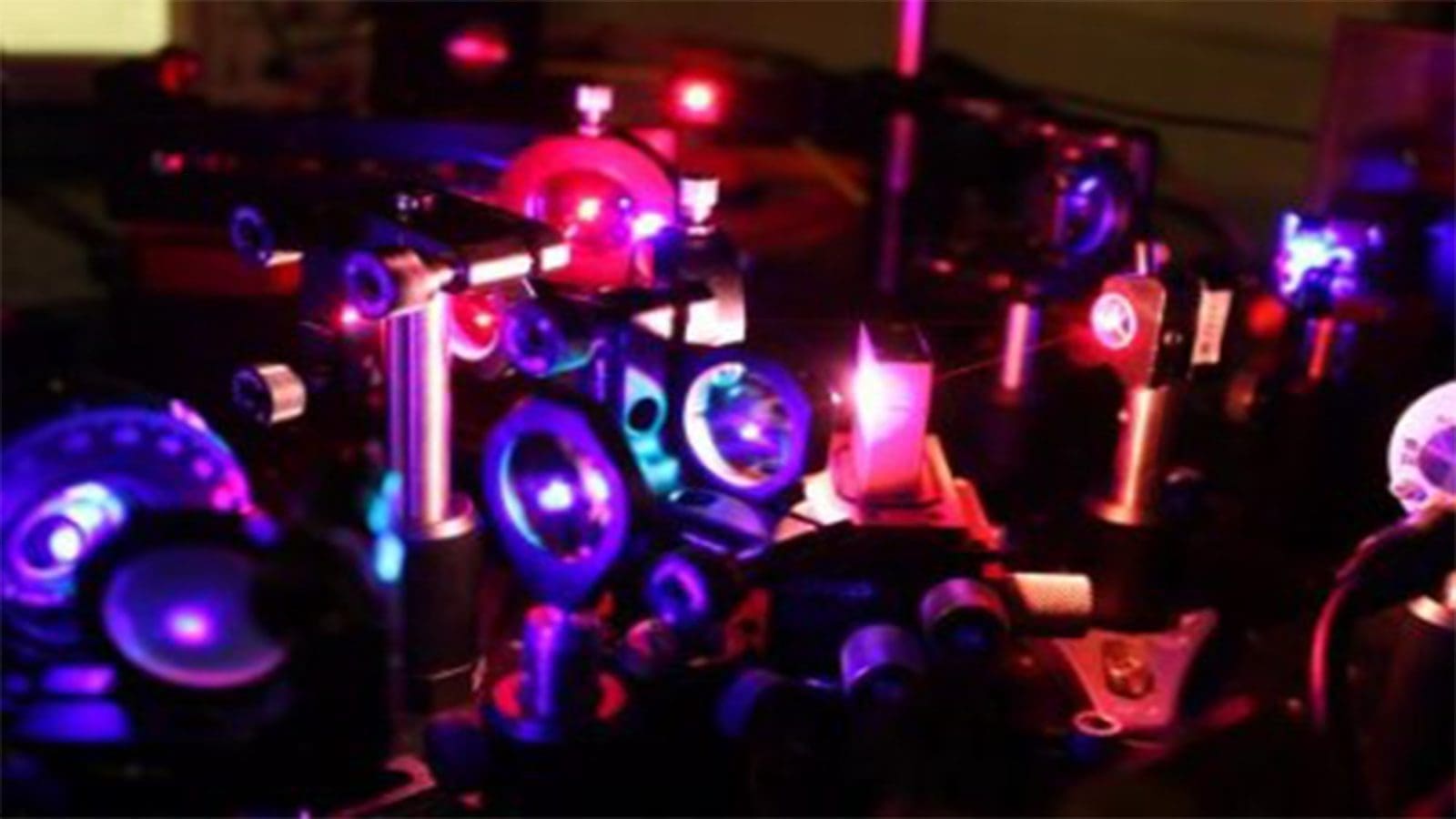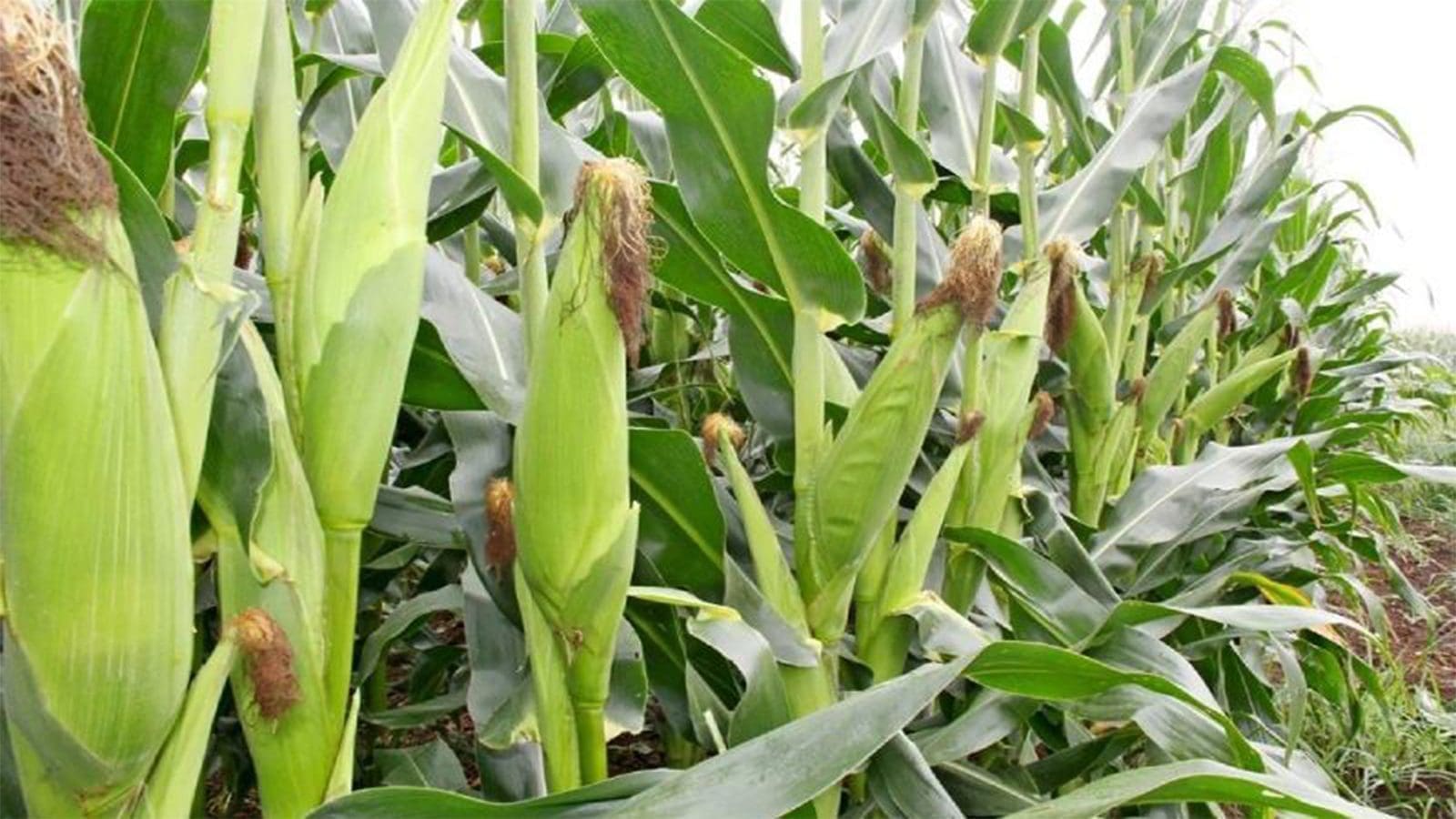GERMANY – The Laser Center Hannover (LZH), Germany, and collaborators are working together on a recently announced photonics-based food safety initiative to create a novel analysis technique that leverages quantum mechanical phenomena to analyze food for ingredients and provenance “more cost-effectively.”
The German Institute of Food Technology (DIL), the University of Hannover, and the companies AMO and Toptica are also a part of the QSPEC project.
Their goal is to create a different type of quantum-based spectroscopy test that is more portable, more affordable, and more sensitive than current ones.
“Fraud in the labeling of food ingredients cannot only cause economic damage but can also lead to health risks. Laboratories, therefore, use authenticity tests to determine whether the declared geographical origin of foods is correct, whether certain ingredients such as palm oil have actually been omitted, or whether no others have been added.
“To date, nuclear magnetic resonance spectroscopies are being used for these analyses. NMR spectroscopy makes it possible to clearly identify almost any organic substance in a given sample. However, the analyses are very expensive, as the systems are large, complex, and cost several million euros,” the project’s launch statement said.
Quantum-based spectroscopy is the focus of QSPEC, a project supported by the German Federal Ministry of Education and Research (BMBF), said Dr. Stephan Suckow, co-coordinator of the QSPEC project and Head of the Nanophotonics Group at the research SME AMO in Aachen.
“In the first step, an entangled photon pair consisting of a long-wavelength and a short-wavelength photon is generated. The long-wavelength photon interacts with the sample, changing its phase, for example. This manipulated photon pair is then fed into another process, in which yet another photon pair is generated,” he said.
He explained that the information contained in the pair is transformed by quantum interference, so it eventually becomes readable simply by the count rate of the short-wavelength photons.
“The short-wavelength photons act as carriers of information and can be measured particularly well with current technology. The bandwidth of the photon pairs makes it possible to resolve the sample spectrally.
“The resulting spectra of the individual food samples are like fingerprints in this regard. We can then compare these fingerprints with other reference samples and thus draw conclusions about ingredients and geographical characteristics,” Dr. Suckow concluded.
Novel laser beam sources are required to produce the quantum frequency combs, which is where LZH and Toptica come into play.
In order to fit the required technology into the smallest possible space, AMO will use nanolithographic techniques to build chips.
The ultrafast electronics needed for detection will be contributed by AMOtronics as well.
Later, the Institute for Photonics at LUH will put the parts together into a system so that the DIL may test the new technique and create a reference library.
Foods like olive oil, fruit juice, honey, and many others can have their origin established based only on the makeup of their constituents.
The origin of items like olive oil, fruit juice, honey, and many more can be positively identified from the ingredient list. According to the project partners, contaminants will even be detectable at the lowest amounts.
This, say the project partners, “will form the basis for a new generation of analytical tools that allow comprehensive quality assurance in food production.”
For all the latest food safety news from Africa and the World, subscribe to our NEWSLETTER, follow us on Twitter and LinkedIn, like us on Facebook and subscribe to our YouTube channel.








